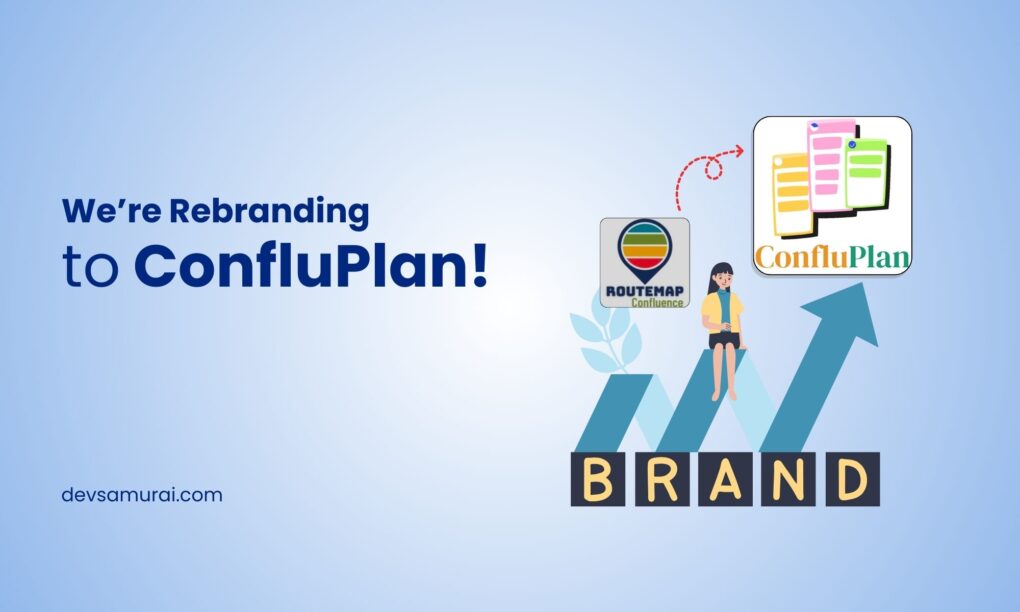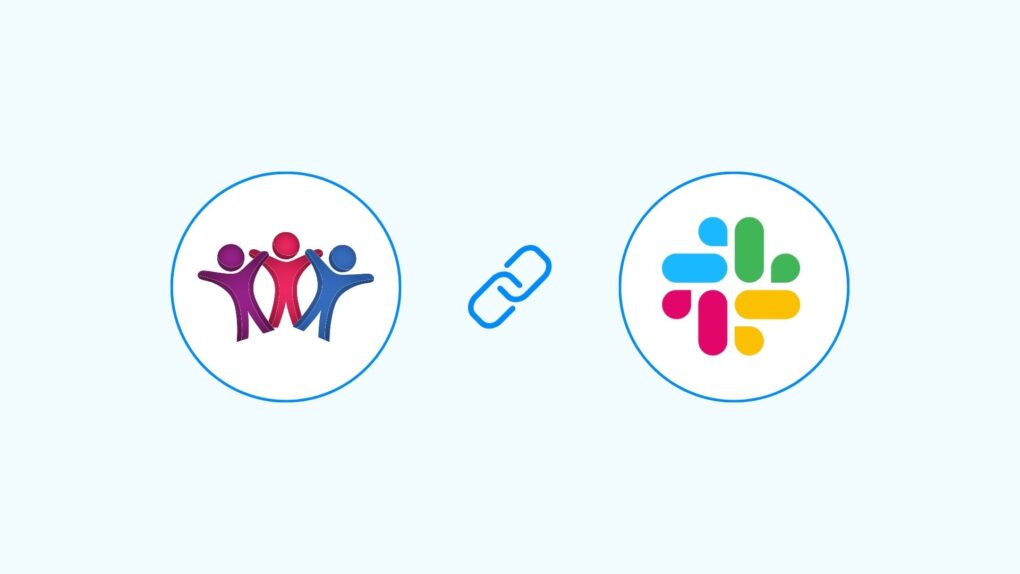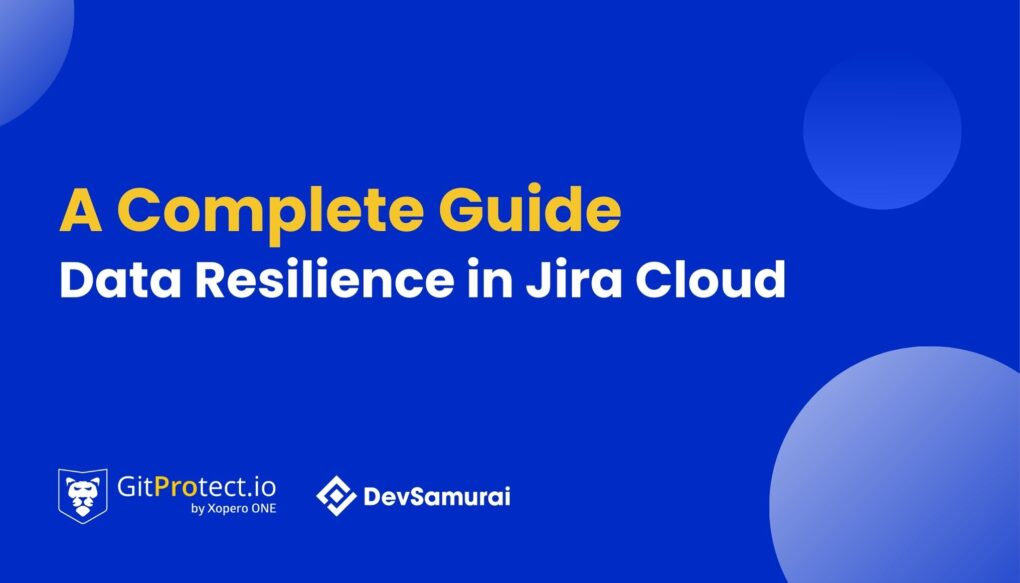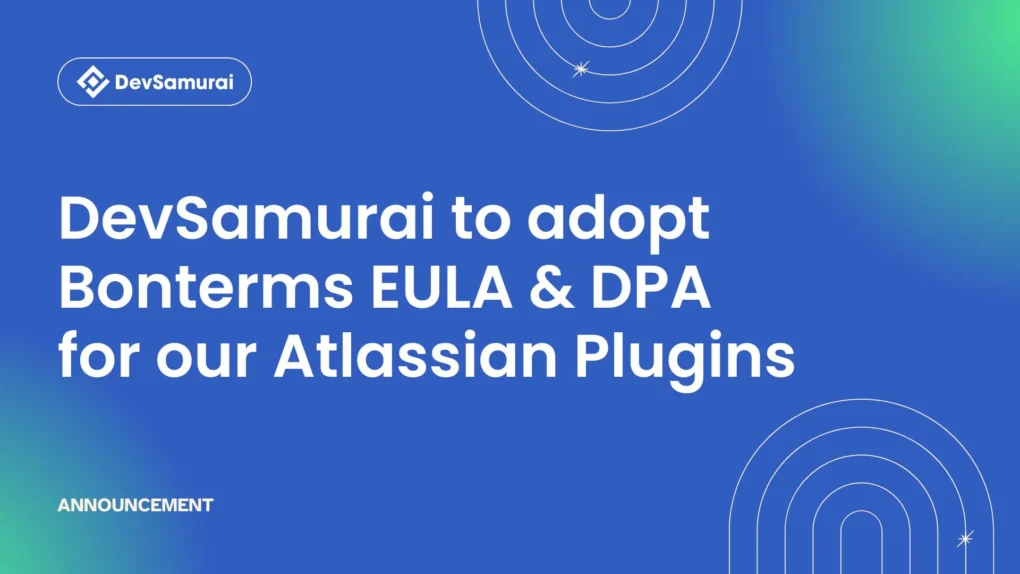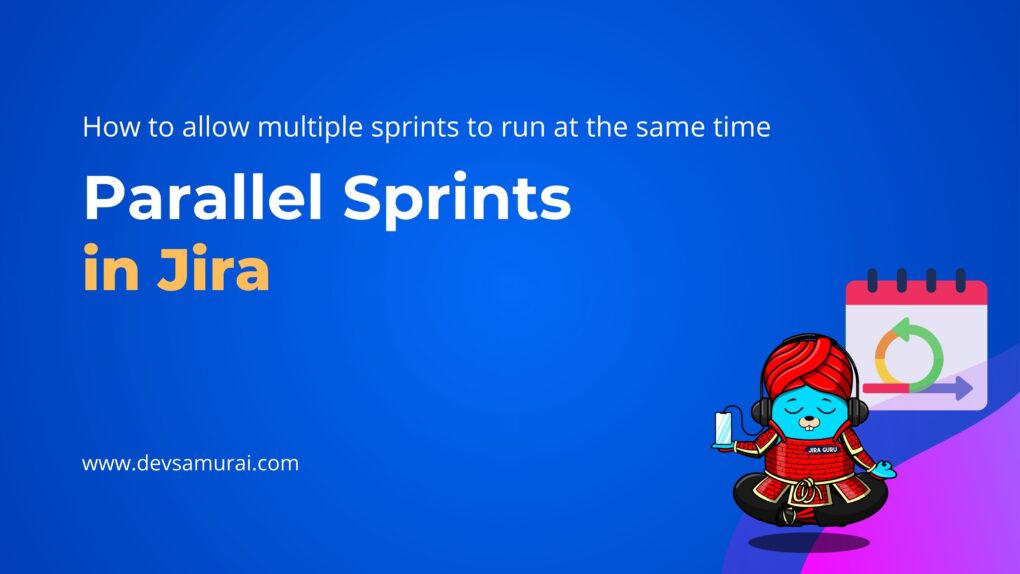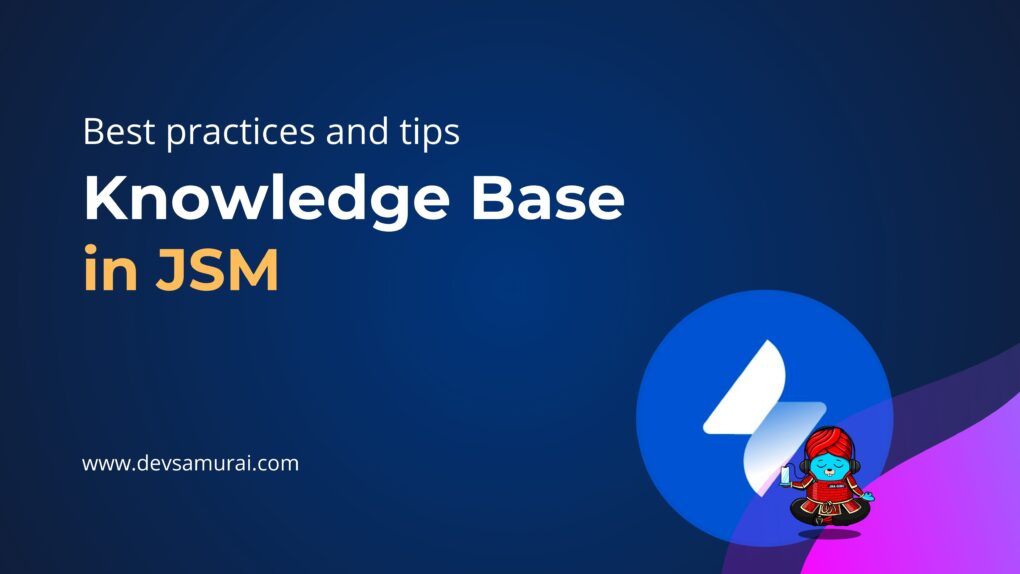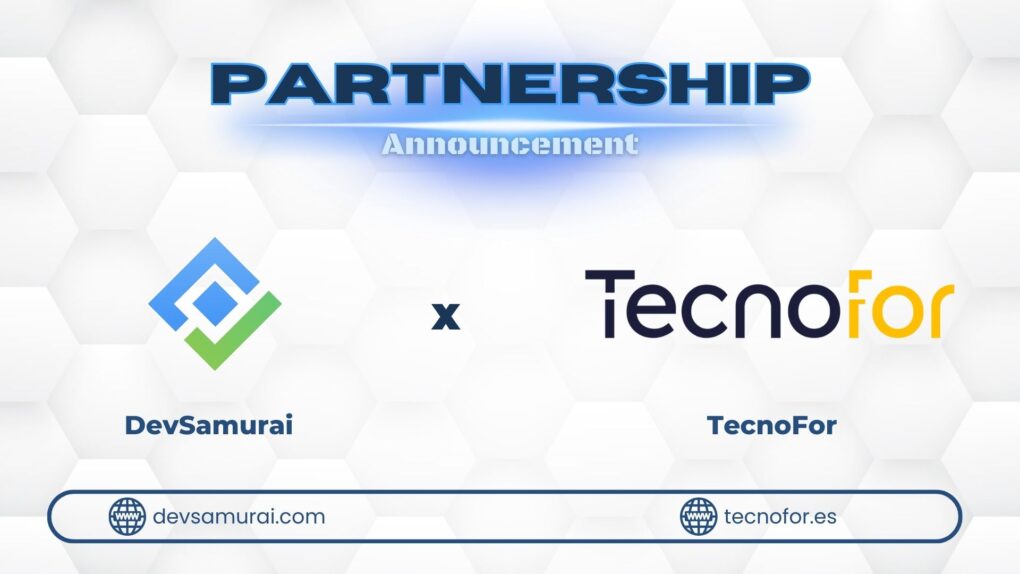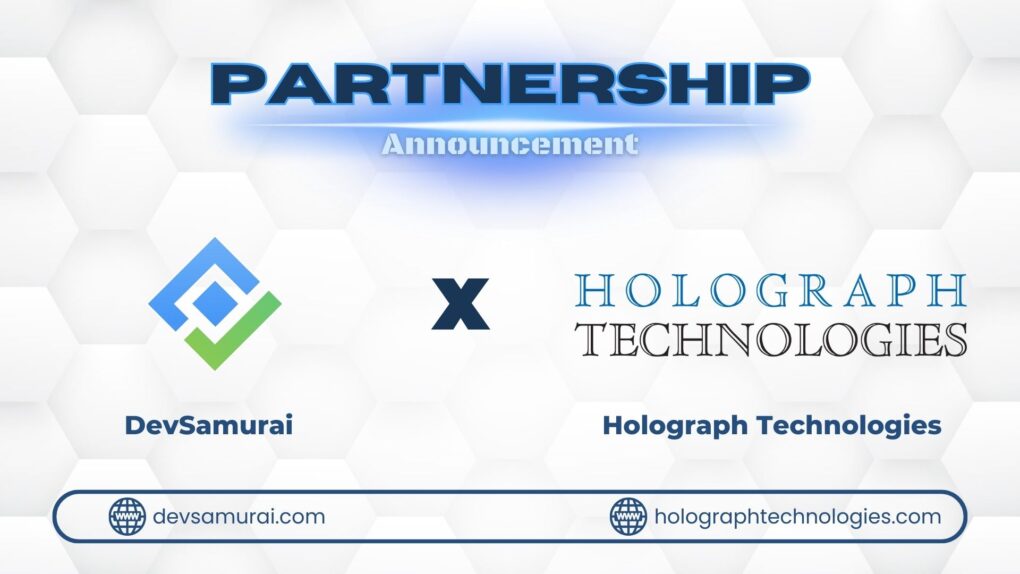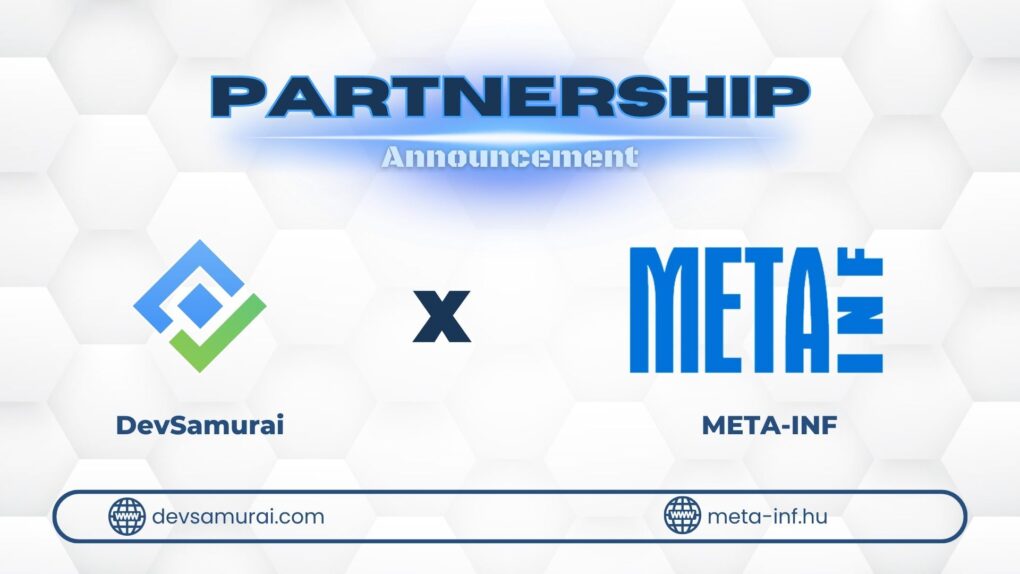Agile retrospectives are known to be one of the most important elements of Agile project development. Retrospectives help teams to identify areas of improvement and make necessary adjustments to keep projects on track. Agile retrospectives provide a structured workflow that encourages group participation, presents clear objectives and helps teams to come to a common understanding and agreement.
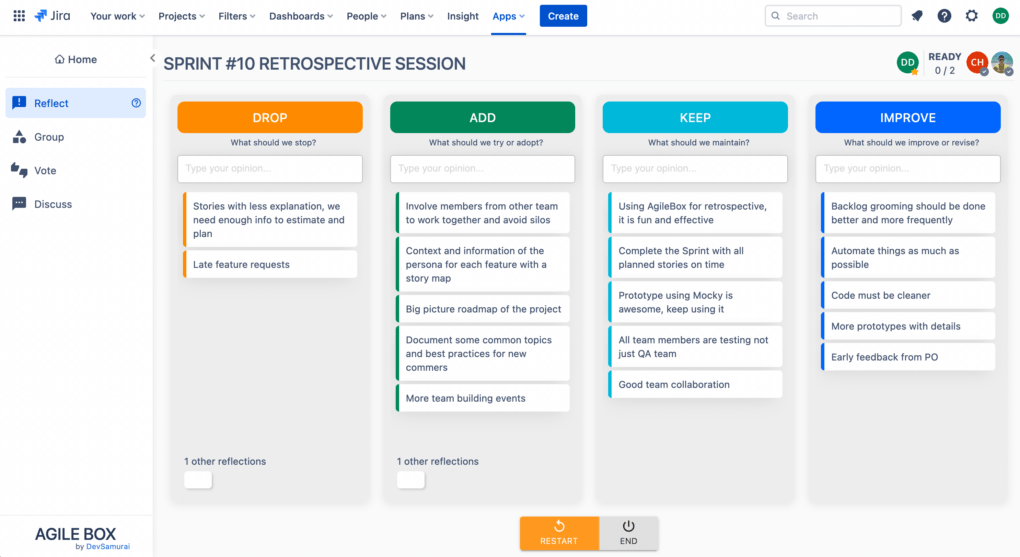
Reflection
Gathering reflections is a crucial part of the Agile Retrospective process. Gathering reflections involves participants providing honest feedback about their experiences and the effectiveness of the current processes and techniques.
The purpose of gathering reflections is to identify areas for improvement and to ensure team alignment and growth. When gathering reflections, it is important to create a safe and comfortable atmosphere for participants to share their thoughts and feelings.
Start by asking open-ended questions such as, “What went well in this sprint?”, “What didn’t go well?”, “What could we improve on?”. After a few minutes of general sharing, encourage participants to give specific examples or stories that highlight any successes and/or challenges. When collecting reflections, it is also important to allow everyone’s voice to be heard, regardless of position or seniority.
Group members should be encouraged to listen to each other and to provide constructive feedback. Additionally, it is important to allow the conversation to flow naturally rather than trying to impose a certain format or order.
Finally, once the team has shared their reflections, it is important to document them in some way, such as writing them down or capturing them in a shared document. This will allow the team to review the reflections at a later point and will ensure that no important points are forgotten or overlooked.
Group
Once all the reflections have been collected, the group should group them together and vote to build the agenda. This allows teams to determine the topics that will be discussed in the meeting.
It is often used to help participants to focus their thoughts and ideas and to capture the common themes and patterns that emerge. When reflections are grouped it also helps to simplify the process of synthesizing and summarizing the feedback, allowing for a more productive and efficient retrospective.
One of the most common ways that teams group reflections is by clustering similar ideas together. This helps participants to gain an understanding of the common areas of feedback, as well as highlighting any areas of conflict or disagreement. It also allows participants to see which topics may need more attention and can help guide the team in developing solutions.
Another way to group reflections is by using affinity mapping. This method of reflection allows participants to draw connections between the ideas that are presented. It can help the team to see how the different perspectives can come together and how they can build a shared understanding. Affinity mapping can also be used to identify areas of improvement and can help the team develop solutions that address all of the areas of feedback.
The overall goal of grouping reflections is to create an environment that is conducive to focused, meaningful, and creative discussions. It is important to highlight the positive findings and ideas that are generated, as well as identifying areas of challenge or disagreement. By grouping reflections in an Agile Retrospective, teams can gain invaluable insight and learn from the experience.
Vote
Each team member should be able to express their opinions on each group of the reflections and have a say in what direction the team goes in. This can be done through individual voting or through a modified version of collective voting.
Individual voting allows each team member to rank their responses to a particular retrospective topic from strongest to weakest. This gives them an opportunity to clearly express which topics matter most to them. The team can then come to a consensus on what matters most to the group by tallying the individual votes.
Collective voting is similar, but instead of each team member ranking their responses, they all vote on one scale. They can assign numbers to each of the topics in the retrospective and then an average of those numbers can be calculated to determine the team’s overall opinion.
Discuss
In an Agile Retrospective, discussing and assigning tasks is essential for a successful outcome. It allows the team to identify areas for improvement, increase motivation and collaboration, and allows for better planning.
When discussing and assigning tasks, it is important to ensure everyone on the team is heard and that their ideas are taken into account. Having a framework to guide the discussion can help ensure every member of the team contributes and that no one’s ideas are overlooked.
One way to do this is to break the team into smaller groups, each chaired by someone responsible for keeping the conversation on track and summarizing the group’s findings. This can help the team to focus on specific areas for improvement.
When assigning tasks, it is important to ensure tasks are achievable, specific and measurable. This helps the team to focus on the tasks that need to be completed, progress can be monitored, and helps to ensure accountability is taken seriously.
Finally, it is important to discuss the timelines for completion of the tasks, as well as assigning tasks to individuals or teams. This will ensure that everyone is on the same page, and that the team is working towards the same goals.
Conclusion
After the closing remarks, teams should try to set some goals for the upcoming project and brainstorm ideas on how to meet them. Successful Agile retrospectives rely on the participation and input of team members. By following the above steps, teams can create a structured workflow that encourages collaboration and allows teams to make necessary improvements. With the help of Agile retrospectives, teams can ensure that their project goals are met with focus and consistency.
Using a Retrospective tool like AgileBox Retrospectives for Jira allows team members to focus on the discussion instead of wasting their time looking for resources.


